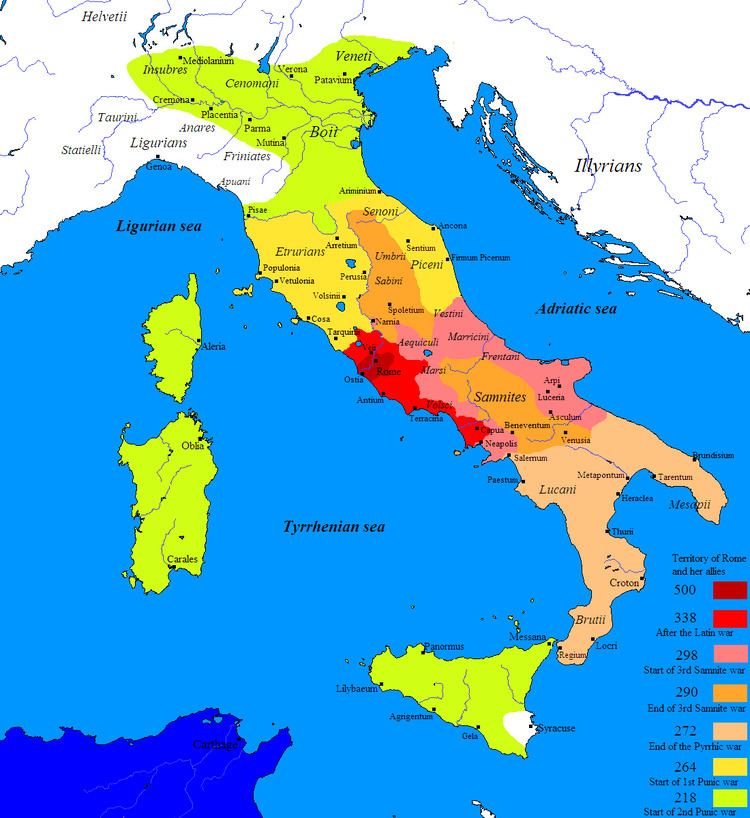 | ||
Year 218 BC was a year of the pre-Julian Roman calendar. At the time it was known as the Year of the Consulship of Scipio and Longus (or, less frequently, year 536 Ab urbe condita). The denomination 218 BC for this year has been used since the early medieval period, when the Anno Domini calendar era became the prevalent method in Europe for naming years.
Contents
Carthage
Roman Republic
Seleucid Empire
References
218 BC Wikipedia(Text) CC BY-SA
